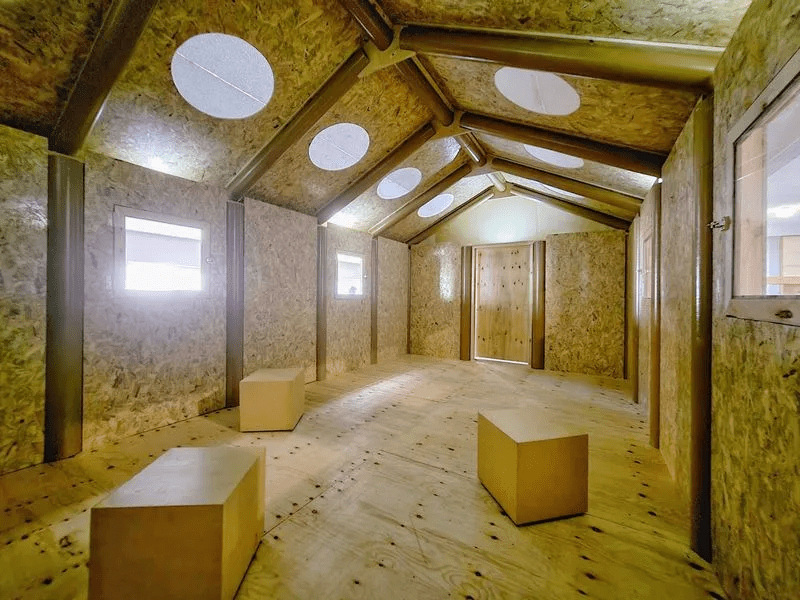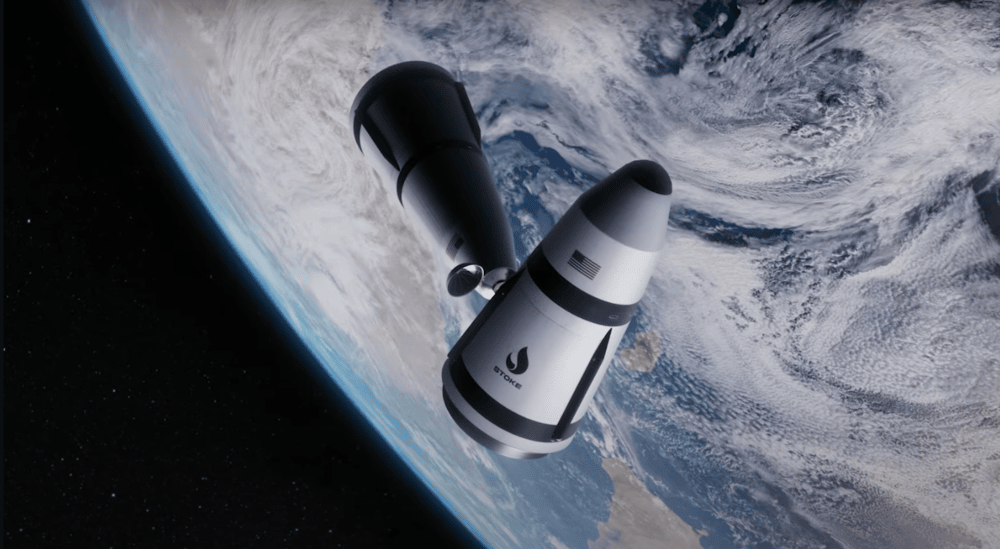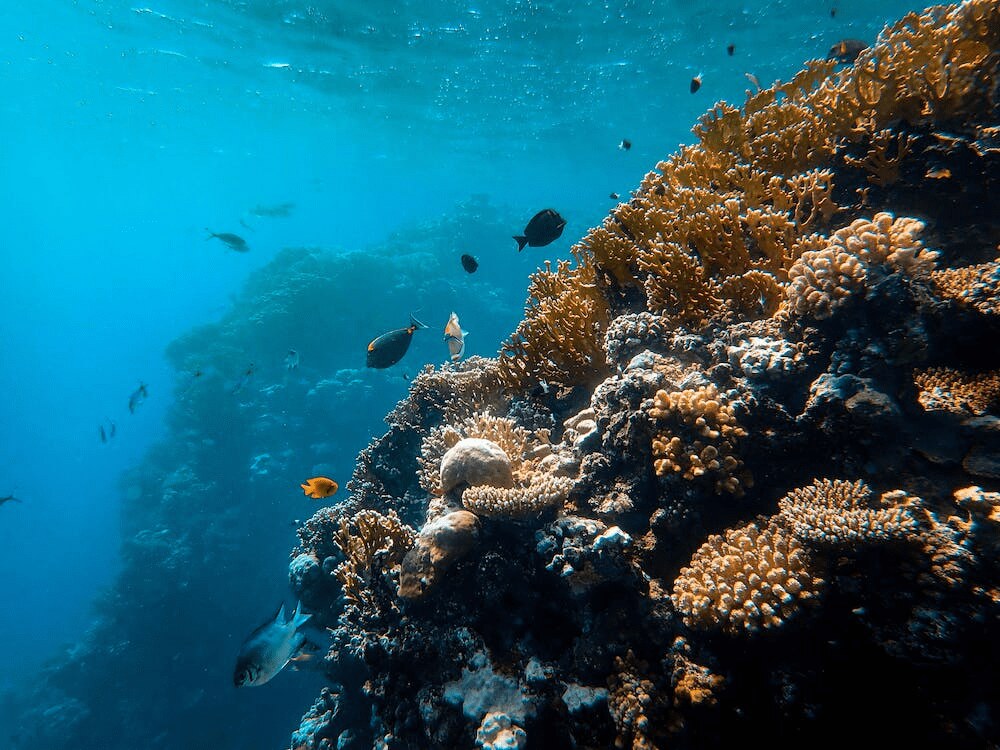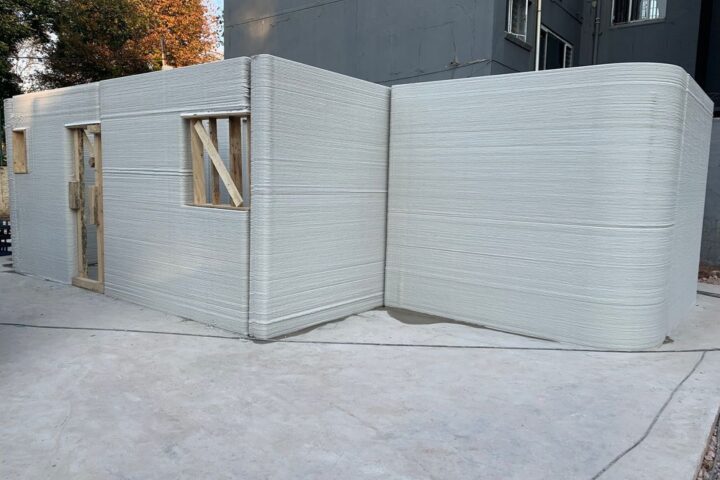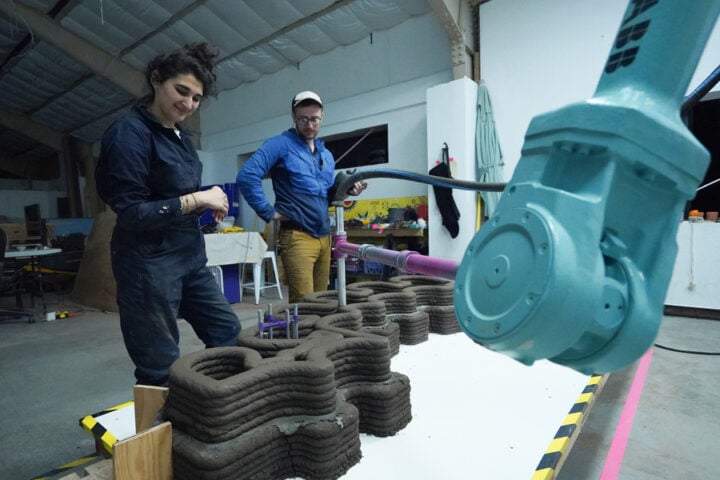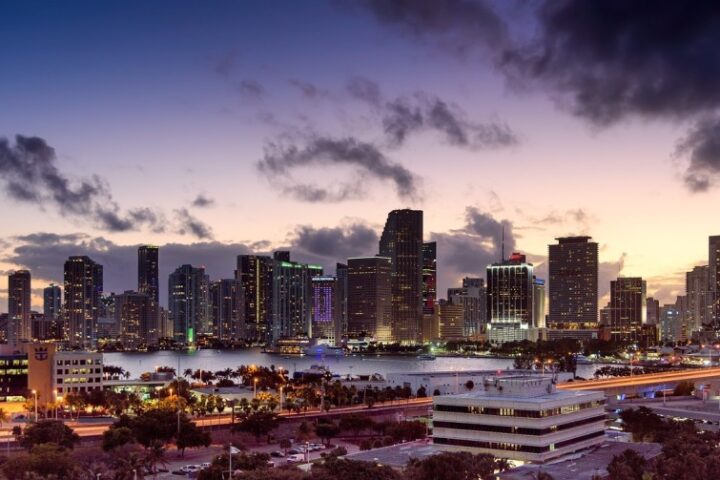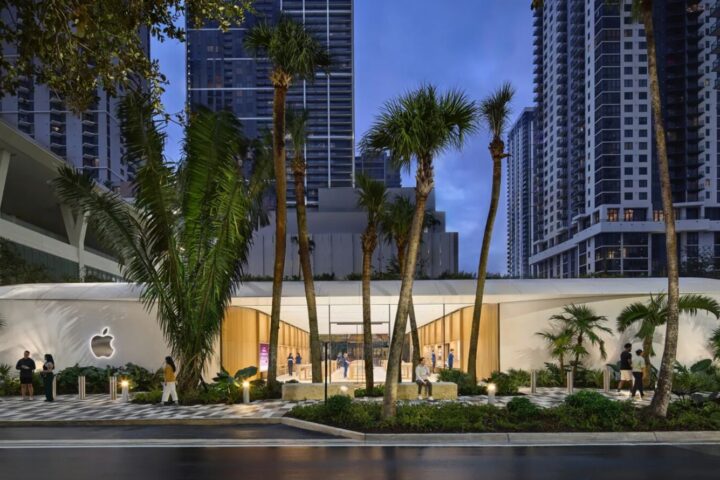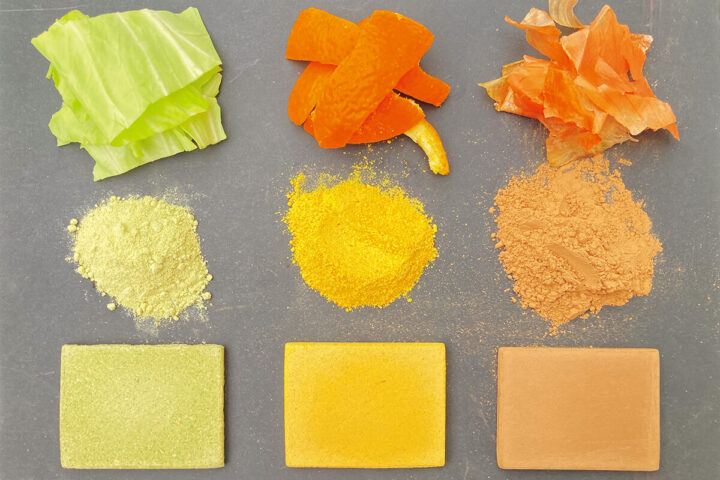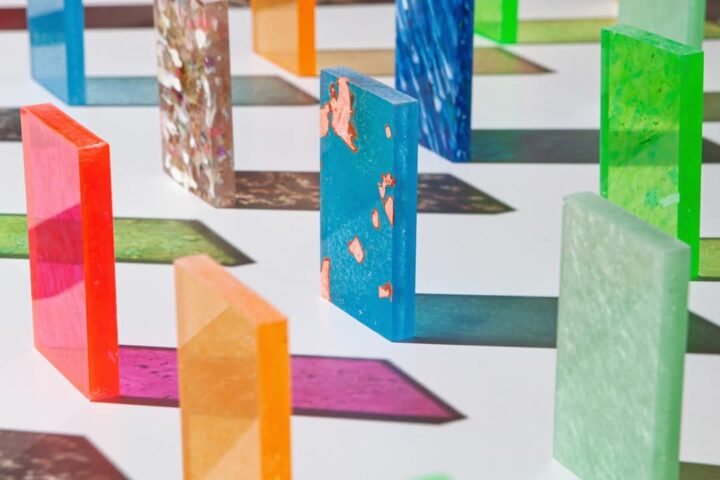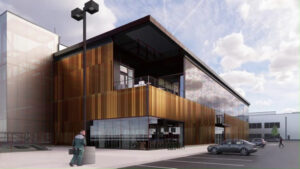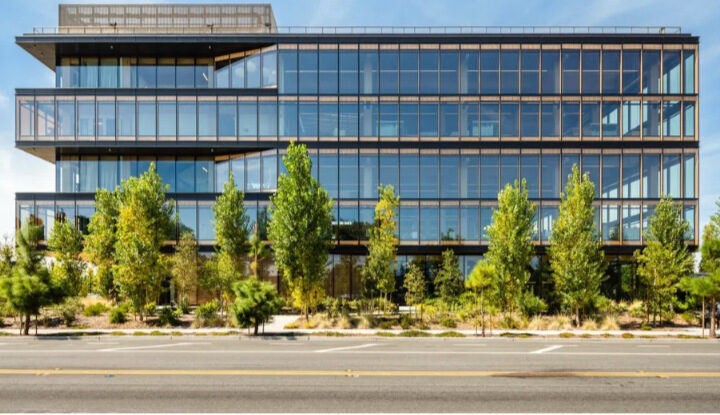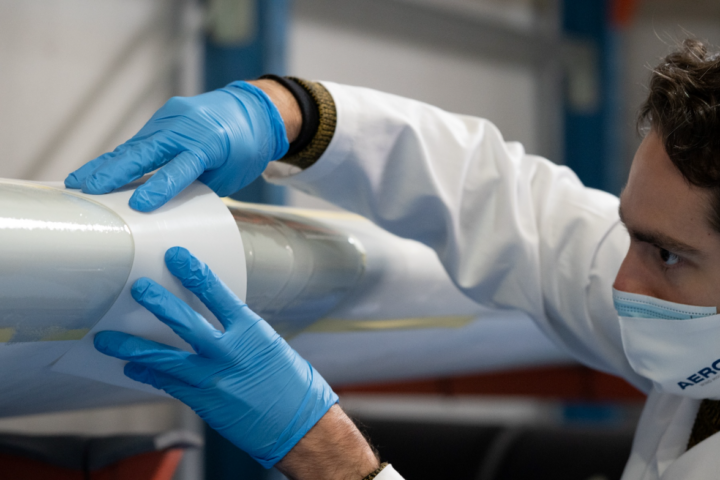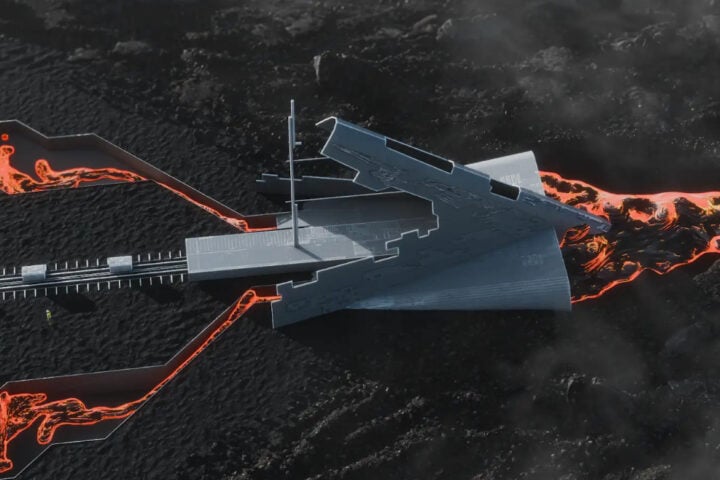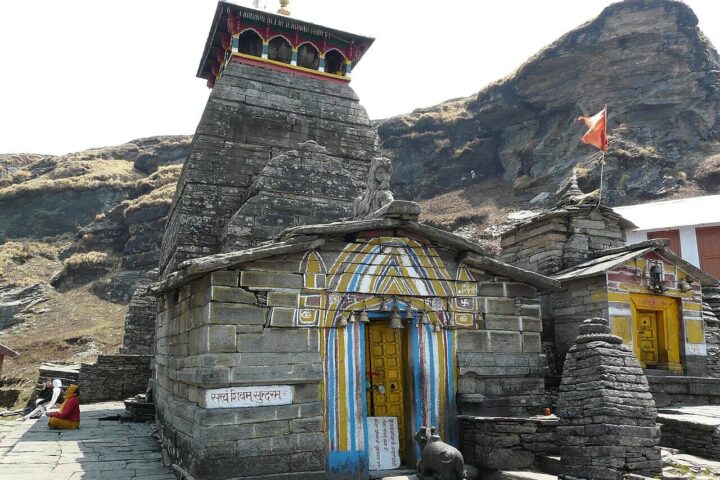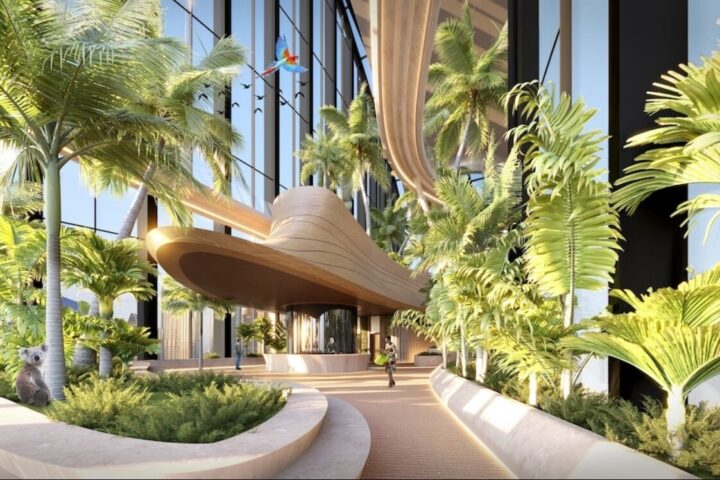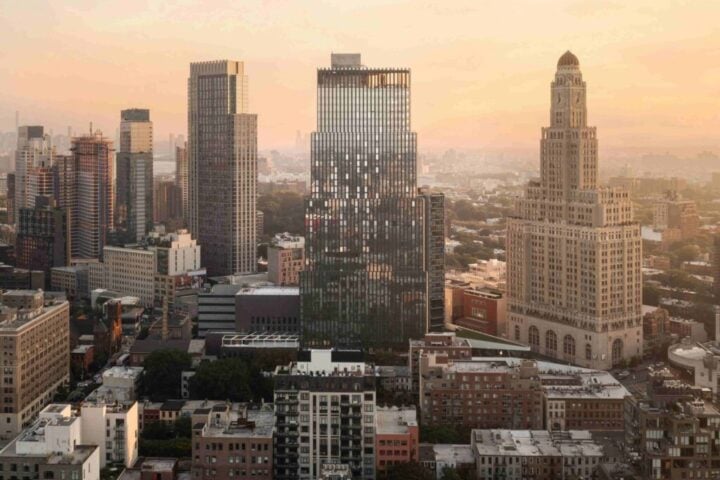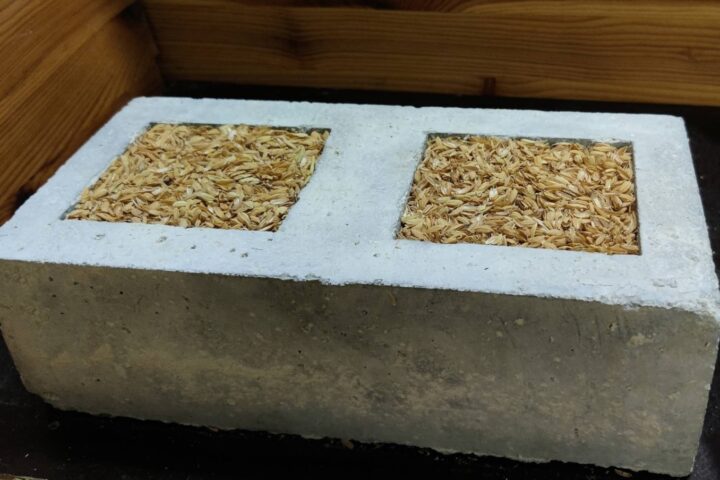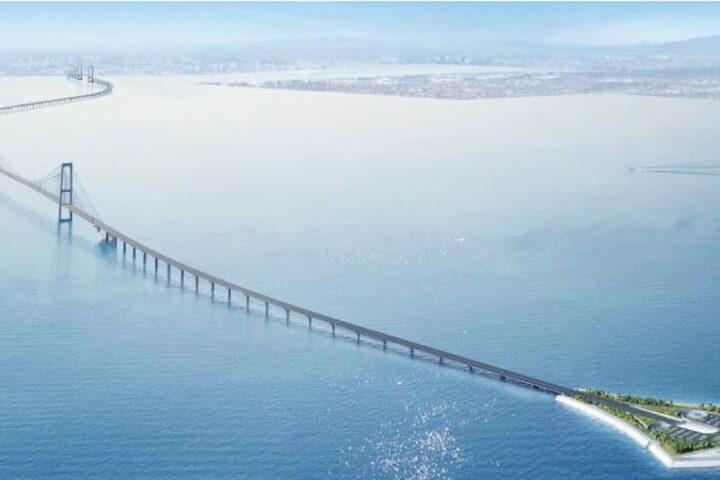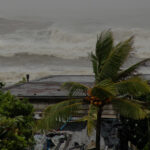In the wake of the 2023 Morocco Earthquake, a canvas of destruction was painted across Marrakech, yet amidst the debris, a beacon of innovative and sustainable architectural solutions emerged, courtesy of Shigeru Ban Architects and the Voluntary Architects’ Network (VAN). The duo, renowned for their humanitarian architectural responses, swiftly erected temporary housing in the city, drawing upon a tried-and-true prototype previously deployed in the 2023 Turkey-Syria earthquake.
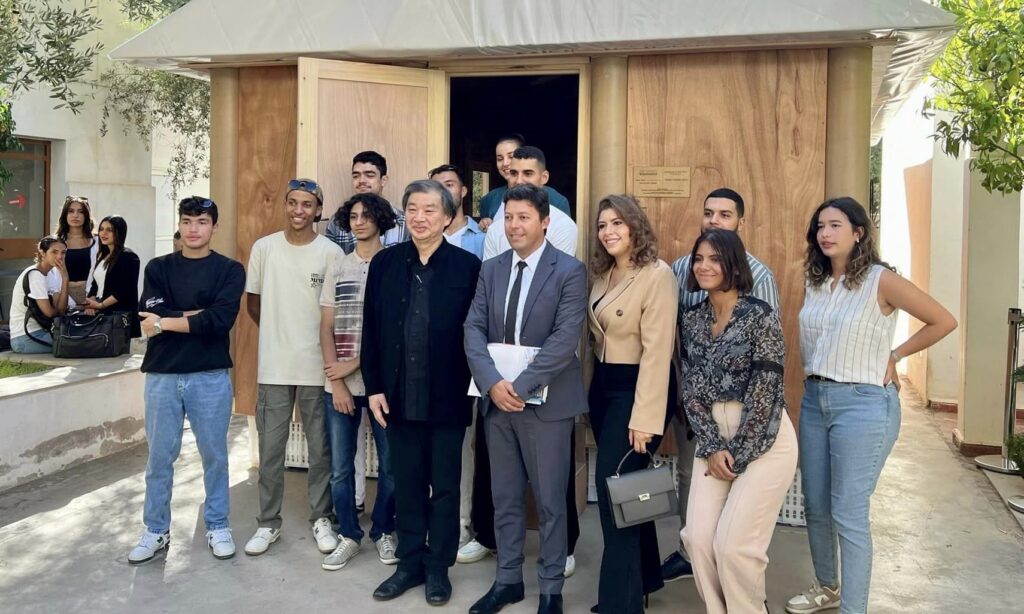
The architectural anatomy of the housing is both ingenious and pragmatic: foundations sculpted from beer crates, filled to the brim with sandbags, and walls, a mosaic of wooden panels, cradled between paper tube columns, strategically placed at 1.2-meter intervals. This design, while ensuring expeditious construction, also maximizes the use of readily available materials, a crucial aspect in crisis-stricken zones where resources are scarce. The roof, a blend of paper tube frames and plywood decking, features large, strategically placed holes, ensuring construction safety by allowing workers to operate from within the structure, negating the need to navigate atop the roof.
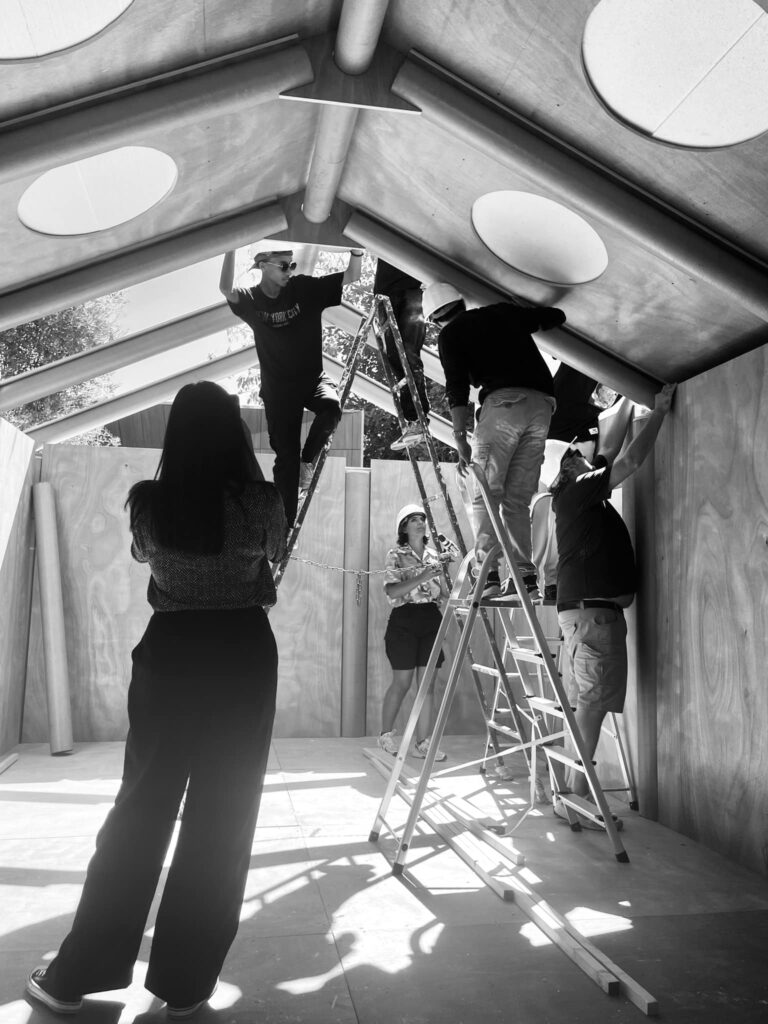
Shigeru Ban’s signature use of paper tube structures is not merely architectural artistry; it’s a nod to sustainability and practicality. These tubes, robust yet lightweight, easy to transport, and biodegradable, have become synonymous with the architect’s humanitarian endeavors, offering not just shelter but a sustainable, dignified solution amidst turmoil.

Similar Posts
Fayçal Tiaïba, alongside Laberinto and Fenduq, spearheaded the relief efforts, with a collaborative spirit, intertwining the expertise of professional architects and academic institutions, such as the National School of Architecture of Marrakech. This synergy not only expedited the creation of temporary housing but also cultivated a rich environment of knowledge sharing and practical learning for the students involved.
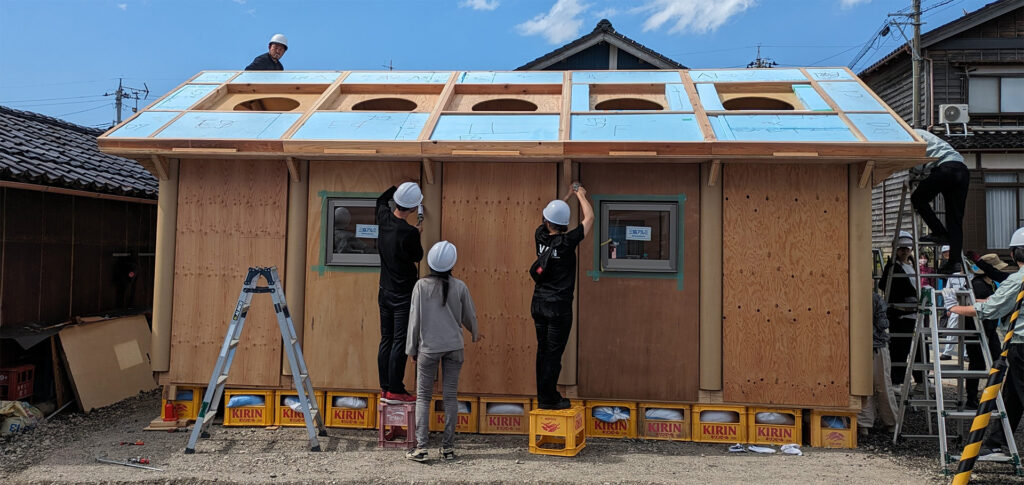
The architectural narrative of Shigeru Ban Architects is steeped in a rich history of humanitarian responses. In Noto, post the May 5, 2023 earthquake, and during the Turkey-Syria earthquake, the architects, in collaboration with VAN, proposed and constructed paper log houses and provided the Paper Partition System (PPS) to evacuation centers, respectively. These interventions, while immediate, also served as poignant reminders of architecture’s potential to offer swift, impactful solutions in crisis contexts.
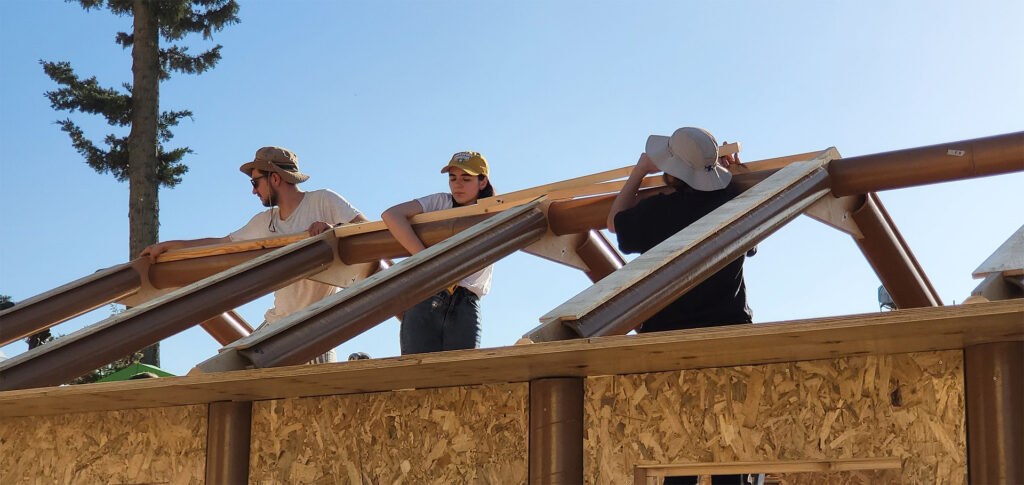
The thread that weaves through these architectural interventions is a steadfast commitment to providing rapid, human-centric solutions amidst disaster, utilizing sustainable materials and innovative design to meet immediate, palpable needs. While temporary, the paper tube structures offer a semblance of stability and normalcy to those grappling with the abrupt upheaval of their lives.
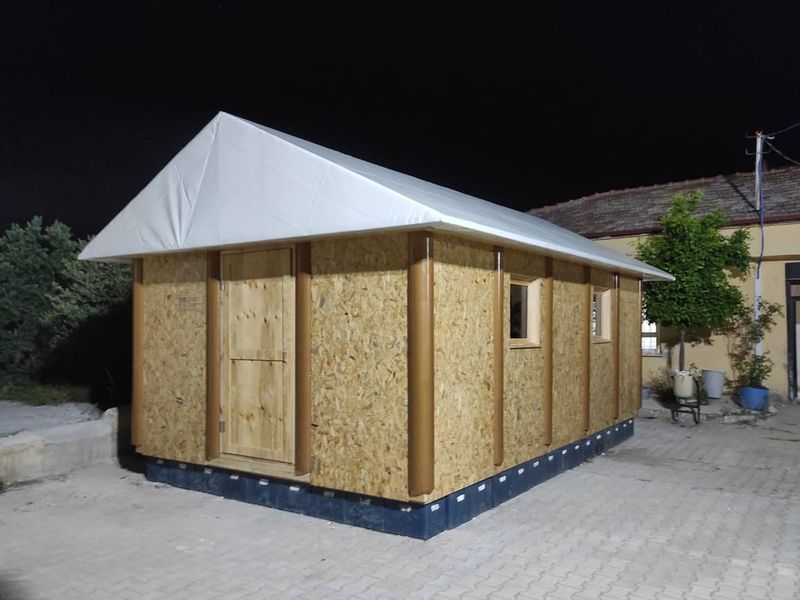
Yet, these interventions also cast light upon critical considerations regarding global preparedness and response to escalating natural disasters, especially in a climate change context. The architectural community, policymakers, and humanitarian organizations are posed with pivotal questions: How can sustainable, rapid-build solutions, akin to those implemented by Shigeru Ban Architects, be globally scaled and adapted? How can these temporary structures be further optimized to cater to the diverse needs of different communities, ensuring cultural, geographical, and climatic appropriateness?
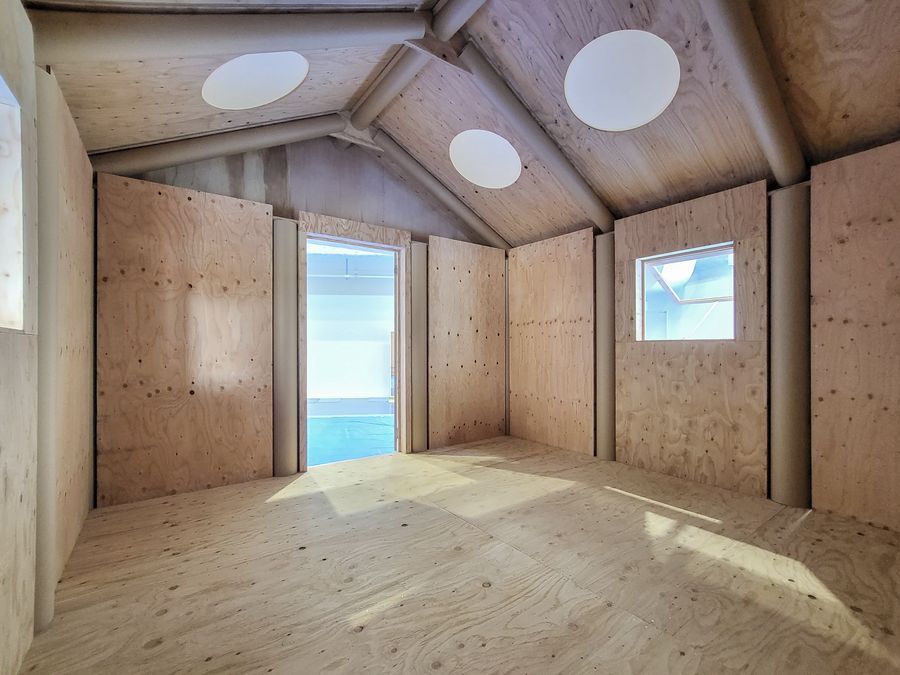
Reflecting upon these questions, the work of Shigeru Ban Architects and VAN offers not just a blueprint for architectural intervention in disaster relief but also sparks broader conversations and actions regarding sustainable, human-centric design amidst our global, collective vulnerabilities. Their work, while immediate and tangible, also subtly propels the narrative towards anticipation, preparation, and proactive global collaboration in navigating the inevitable challenges that loom in our collective future.
